Surge in Cancer Research Initiatives
The heightened focus on cancer research is significantly impacting the Tissue Sectioning Market. With cancer being one of the leading causes of mortality worldwide, there is an urgent need for effective diagnostic and therapeutic strategies. This has led to increased funding and resources directed towards cancer research initiatives, which rely heavily on tissue analysis. Industry expert's suggest that the demand for high-quality tissue samples for cancer studies is on the rise, necessitating advanced sectioning technologies. As a result, the Tissue Sectioning Market is poised for growth, driven by the critical role that tissue sectioning plays in understanding and combating cancer.
Rising Demand for Diagnostic Procedures
The increasing prevalence of chronic diseases and the aging population are driving the demand for diagnostic procedures, which in turn fuels the Tissue Sectioning Market. As healthcare providers seek to enhance diagnostic accuracy, the need for high-quality tissue samples becomes paramount. According to recent data, the number of diagnostic tests performed annually is projected to rise significantly, leading to a corresponding increase in the demand for tissue sectioning equipment and supplies. This trend suggests that advancements in tissue sectioning technology will be essential to meet the growing needs of pathologists and laboratories, thereby propelling the Tissue Sectioning Market forward.
Increasing Adoption of Personalized Medicine
The shift towards personalized medicine is reshaping the Tissue Sectioning Market. As healthcare moves towards tailored treatment approaches, the need for precise tissue characterization becomes essential. Personalized medicine relies on detailed analysis of tissue samples to inform treatment decisions, thereby increasing the demand for advanced sectioning techniques. Market trends indicate that laboratories are investing in technologies that facilitate the analysis of diverse tissue types, which is crucial for developing individualized therapies. This growing emphasis on personalized medicine is likely to propel the Tissue Sectioning Market, as it underscores the importance of high-quality tissue sectioning in modern healthcare.
Growth in Research and Development Activities
The expansion of research and development activities in the biomedical field is a significant driver for the Tissue Sectioning Market. As academic institutions and private research organizations invest in innovative studies, the need for precise tissue analysis becomes critical. This trend is reflected in the increasing funding allocated to life sciences research, which has seen a steady rise over the past few years. Enhanced research initiatives necessitate advanced tissue sectioning techniques to ensure accurate results, thereby stimulating demand for specialized equipment and consumables. The Tissue Sectioning Market stands to benefit from this growing emphasis on R&D, as it aligns with the broader goals of scientific advancement.
Technological Advancements in Sectioning Equipment
Innovations in tissue sectioning technology are transforming the landscape of the Tissue Sectioning Market. The introduction of automated microtomes and advanced cryostats has improved the precision and efficiency of tissue sectioning processes. These advancements not only enhance the quality of tissue samples but also reduce the time required for preparation. Market data indicates that the segment of automated sectioning devices is expected to witness substantial growth, as laboratories increasingly adopt these technologies to streamline workflows. Consequently, the Tissue Sectioning Market is likely to experience a surge in demand for cutting-edge equipment that meets the evolving needs of researchers and clinicians.


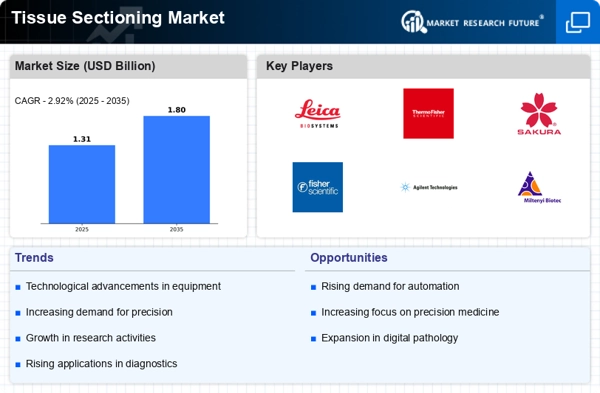
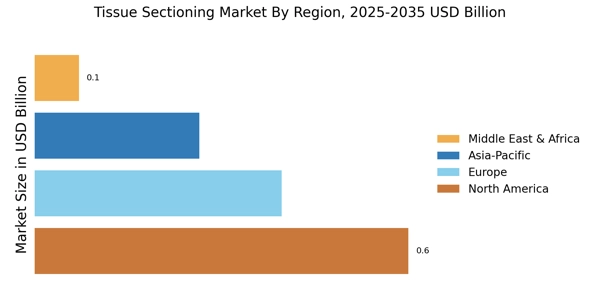

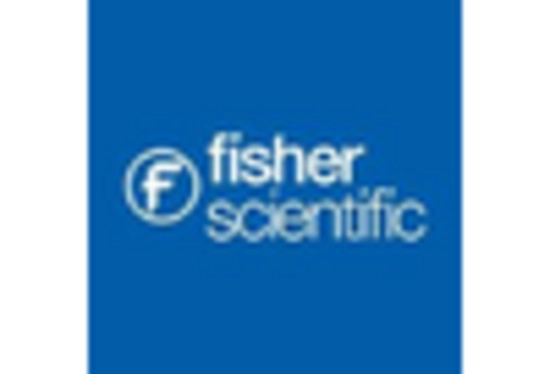
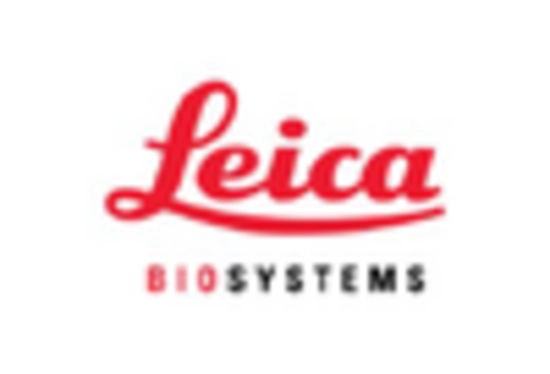
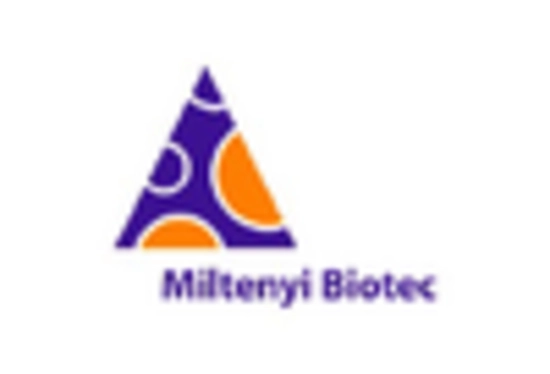
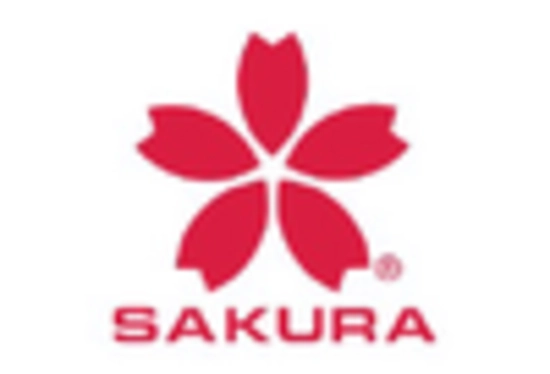









Leave a Comment